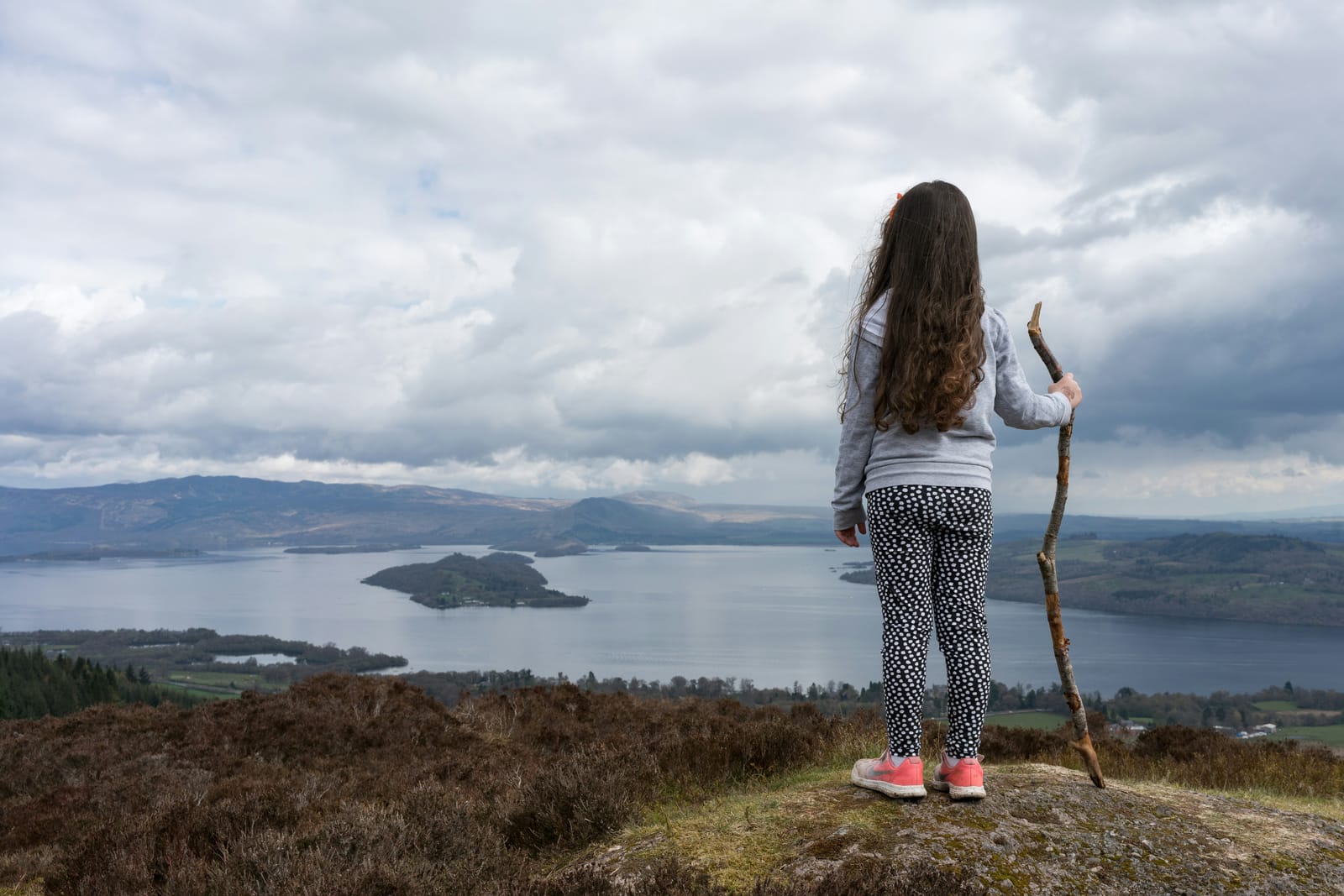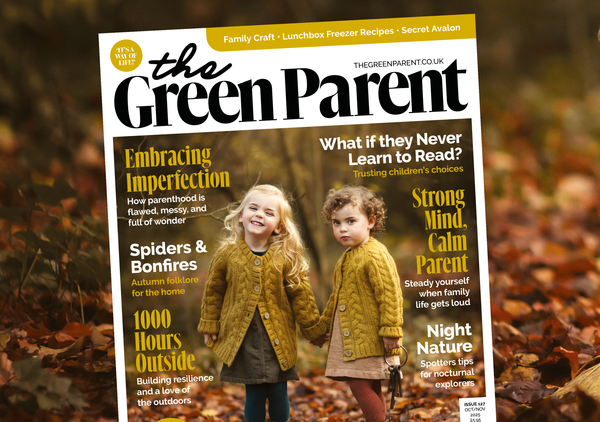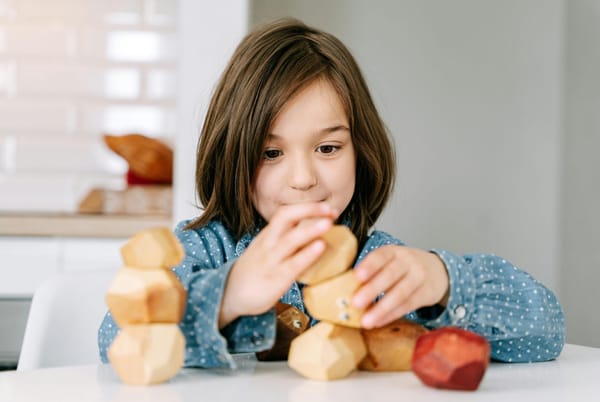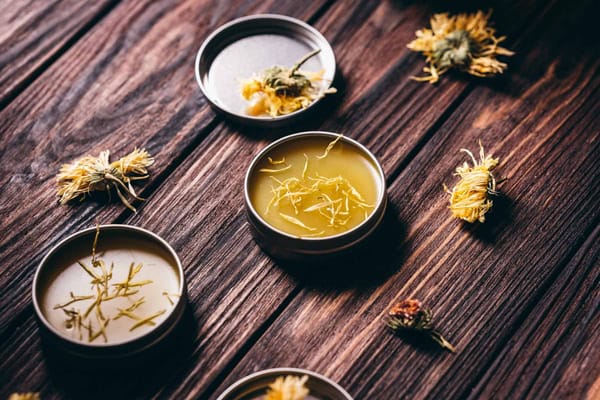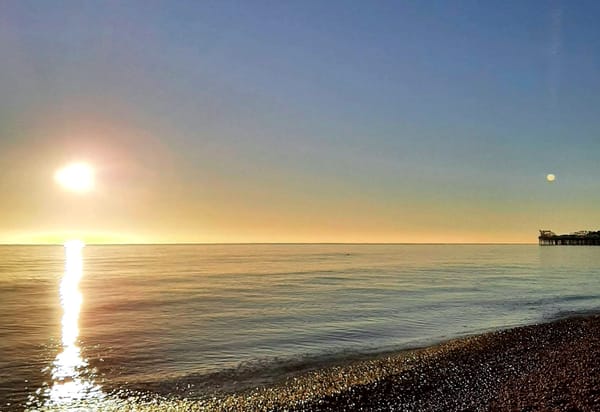Planning your home education schedule for the summer term? Check out these brilliant creative and fun activities. From hands on maths with dried pasta to writing your own book, there's something for every family here says Anna Dusseau
- Cloud spotting. Lie on your back in the garden, on the balcony or an open space and look at the sky. What shapes do you see in the clouds? Get the paintbox out and turn this into artwork, or check out a geography book or documentary to learn more about cloud formation.
- Pasta maths. Get out the pasta or even use grains of rice, dried beans or buttons, to have a maths game with your little ones. Take turns asking maths questions and use the props to demonstrate how to add, subtract, multiply and divide.
- Put on a play. As big or as small a task as you want it to be. This could use puppets, or you could make sock puppets and can tell a story that is known to your children, or be invented. Older ones might want to write a script, or create tickets and a poster to advertise the play.
- Pen and podcast. We do a lot of drawing or writing while listening to a podcast. From scientific shows such as Wow in the World, to ethical debates like Short and Curly, or even podcasts in another language such as Les Odysees which we listen to in French; the choices are endless!
- Write a book. We make books out of folded paper, usually no more than 20 pages. Prolific writers might want a ringbound notebook. Help them with a title, page numbers and chapters, then just allow them to work on it when they want to. It might take several days or weeks to complete.
- Musical education. Make every day of the week dedicated to a different type of music, for example: Monday Rock, Tuesday Pop, Wednesday House, Thursday Country, Friday Classical, Saturday Disco, Sunday Reggae etc. Be sure to immerse yourself in the genre each day.
- Interview a relative. Talk about what life might have been like 50 years ago and come up with a list of interview questions for a relative. Bet you grandma will love it.
- Bug hunt. How many different kinds of bugs can you find in your back garden or the space outside your house? Make a note of all the different creatures you see, with photographs or drawings to accompany your notes.
- Make your own board game. This one needs planning and is great for uniting older and younger siblings, as the big ones inevitably take the lead but you can get everyone involved by delegating tasks like making the dice, writing the rule book, colouring the board etc.
- You be the teacher. After covering a topic with your kids (could be a discussion, or from a magazine, or TV program) ask them how they could teach the information in a lesson. When they are ready, sit on the floor with your legs crossed and play the student.
- Balloon tennis. Grab your rackets, find a bit of space and knock a balloon about for a bit of exercise. Can be just a bit of fun, or rules can be established and scores kept, with younger ones volunteering as ball boys/girls and some epic Wimbledon-style grunting!
- Body painting. So messy but tonnes of fun! If you don’t mind a bit of craziness, spread out a load of newspaper and do full head-to-toe body painting with non-toxic paint. Limit it to tattoos or face paints only, if this seems a bit daunting.
- Playfights. Don’t underestimate the value of this. Studies suggest that children who regularly playfight in a safe environment are calmer, happier and have better concentration than those who don’t. Do be careful, but a bit of play wrestling, throwing on the bed and pillow bashing are great fun.
MORE INSPIRATION
FIND Anna at homeschoolguru.org
READ The Case for Home Schooling by Anna Dusseau


